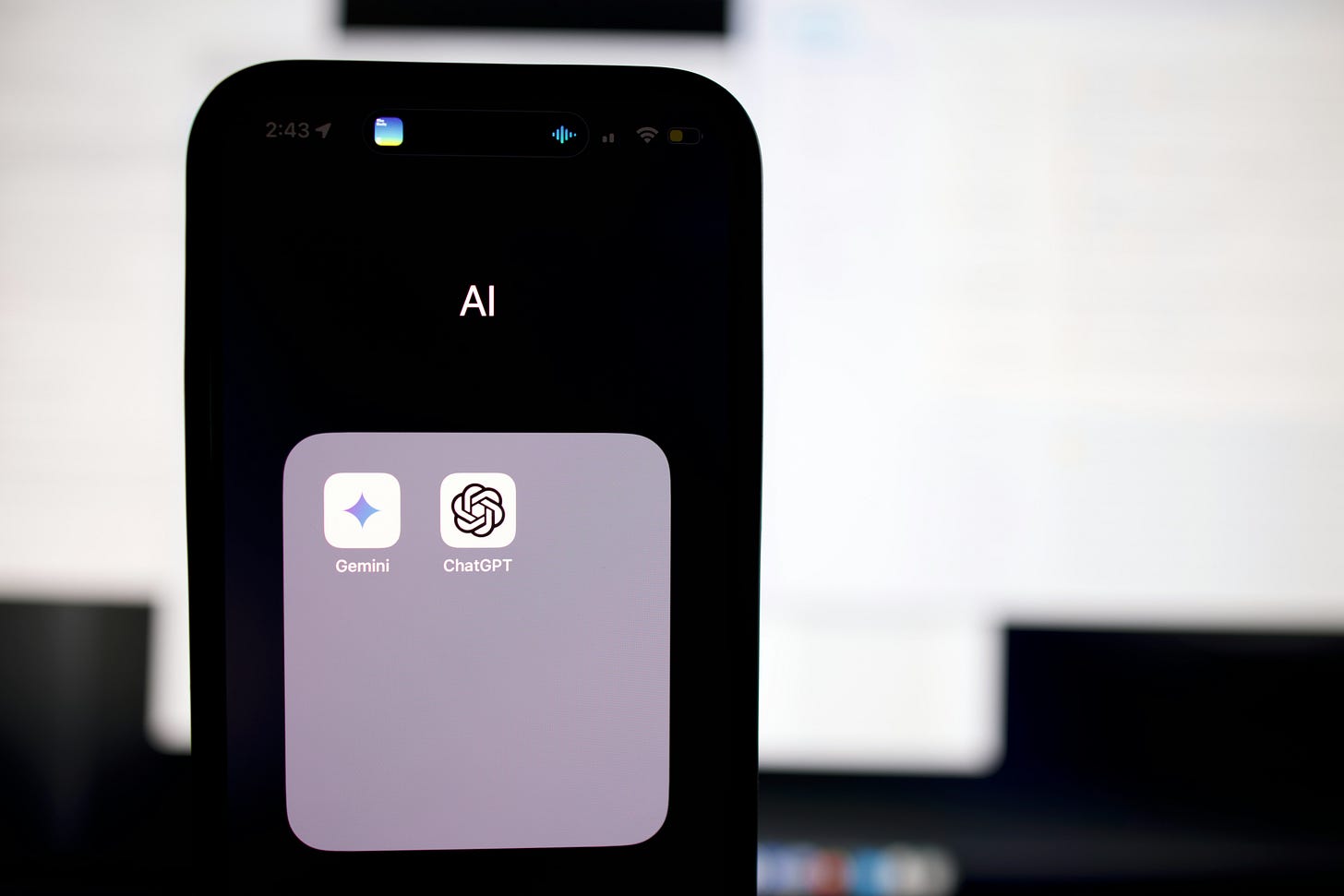Discover how Synapse can help you build meaningful relationships with PRs.
This week is our final newsletter in our series on AI. As we all know, freelance journalism is a fast-paced world, demanding efficiency, accuracy, and the ability to produce high-quality work under tight deadlines. Journalists now have access to a range of helpful AI tools that can help with productivity.
From research and transcription, to content creation and multimedia editing, these resources can free up time for in-depth reporting. Below is a curated list of essential AI tools that can assist freelance journalists in their daily work.
Our caveat as ever is that none of these can replace human judgment, thorough investigative work and editorial oversight. AI makes mistakes and makes things up so journalists should always verify any research they do or text they provide. They cannot replace interviews with real people. Think of them as tools that can make you more efficient and complement your journalism.
Bear in mind some publications will require you to disclose any AI tools you have used in your reporting. But by incorporating these tools appropriately, you can focus on investigative reporting, storytelling, and delivering impactful journalism.

ChatGPT – AI-Powered Writing and Research Assistant
One of the most widely recognised AI tools available to journalists is ChatGPT, developed by OpenAI. This advanced chatbot can assist with drafting articles, brainstorming ideas, summarising reports, and checking grammar and style. When used appropriately, ChatGPT enhances productivity by helping journalists process large volumes of information quickly. It can be particularly useful in the early stages of writing, assisting with structure and clarity. We have found the paid version is more helpful as a research and editing assistant.
Claude – Conversational AI for Contextual Writing
Claude, an AI chatbot developed by Anthropic, offers another valuable tool for journalists. It is particularly adept at processing long-form content and providing nuanced, context-aware responses. Journalists can use Claude to structure and refine lengthy articles, analyse interview transcripts, and extract key insights. Users have commented it is better at generating natural-sounding text while maintaining a journalistic tone.
Otter.ai – AI-Powered Transcription Tool
Transcribing interviews and press conferences is a time-consuming task that AI can significantly streamline. Otter.ai is a tool that automatically converts spoken language into text with high accuracy. This allows journalists to focus on analysing the content rather than spending hours manually transcribing interviews.
Otter.ai’s real time transcription feature is particularly useful for virtual meetings and press conferences, integrating seamlessly with platforms like Zoom. We have been using this for years at FFJ and it has improved over time and can even handle strong accents better than it once did. It is important to listen back and check any quotes you use. The AI summaries are better for meetings than interviews in our experience.
Descript – Audio and Video Editing with AI
In the age of multimedia journalism, having efficient editing tools is invaluable. Descript is an AI powered platform that simplifies audio and video editing by allowing users to edit media files as easily as text documents. It provides high-quality transcription services and enables users to edit recordings simply by deleting words from the transcript.
One of Descript’s standout features is “Overdub,” which allows journalists to correct spoken errors without re-recording entire sections. This tool is particularly useful for podcast production and video journalism.
Runway – AI-Powered Video Editing and Generation
For journalists working with video content, Runway is a game-changer. This AI creative tool enables users to edit and enhance videos effortlessly, offering features like background removal, slow-motion effects, and AI generated enhancements such as colour correction.
Runway simplifies video production for news packages and social media content, making it accessible even to those without advanced editing skills. It should go without saying but we stress that the authenticity of video content should always be preserved, and AI generated visuals should not be misleading or manipulated in ways that distort the truth.
Midjourney – AI-Generated Visuals for Articles
High-quality visuals are crucial for engaging journalism, and Midjourney provides AI generated images based on text descriptions. This tool is particularly useful when stock photos are insufficient or when unique visualisations are needed for data representation.
While Midjourney can help with imagery, journalists must be cautious when using AI generated visuals and as above it should not be used to create misleading or fabricated content.
DeepL – AI-Powered Translation for Global Reporting
For journalists covering international stories, language barriers can be a challenge. DeepL, an AI powered translation tool, provides accurate and natural sounding translations, helping journalists access foreign language sources, verify quotes, and communicate with global audiences.
While AI translation tools have significantly improved, they are not without error. Context and cultural nuances can sometimes be lost, making it essential for journalists to verify translations with native speakers when possible.
Have we missed any? What AI tools do you use in your day to day work?
Do you know about everything we do? FFJ is also a podcast, a book and a Facebook community and we have lots of downloadable resources such as our quick guides on topics like pitching and finances. Don’t forget our training course, work to champion freelance rights and our annual Freelance Journalism Awards. You can find out about all of this at our website, so have a visit!
Triumph of the week
Our first podcast talking about the Ultra Women book!
That feeling when
You actually get through a to do list that was over-ambitious
We love to hear your feedback on everything we do, so feel free to drop us an email anytime at freelancingforjournalists@gmail.com
Bye for now!







